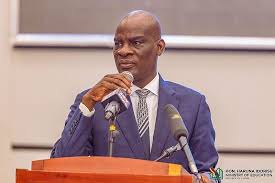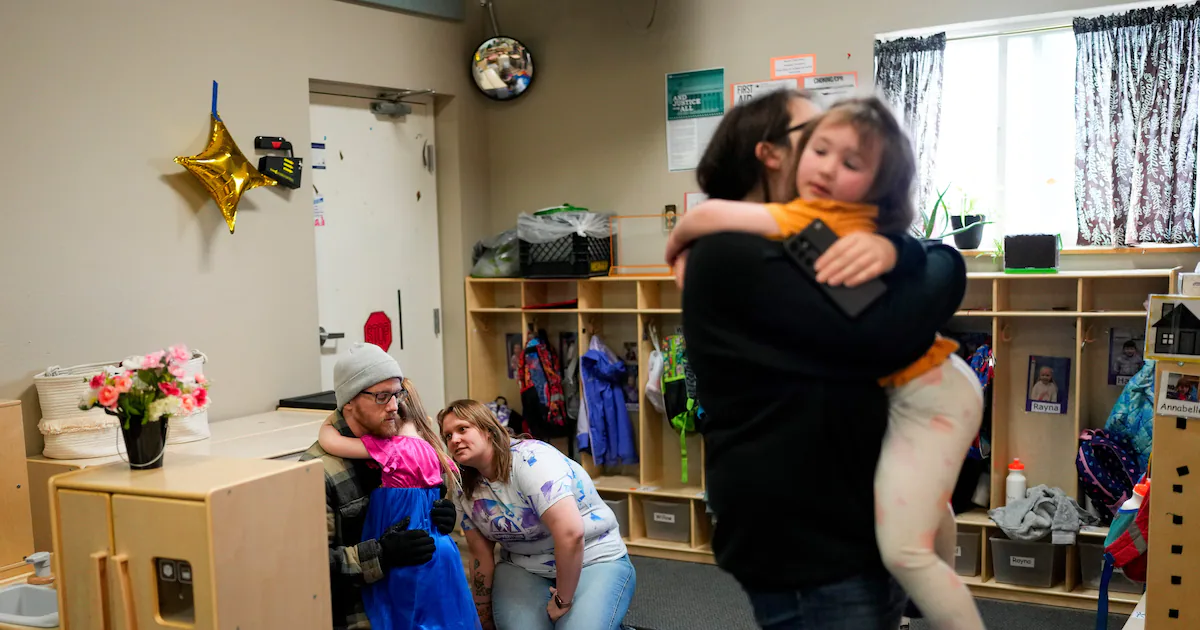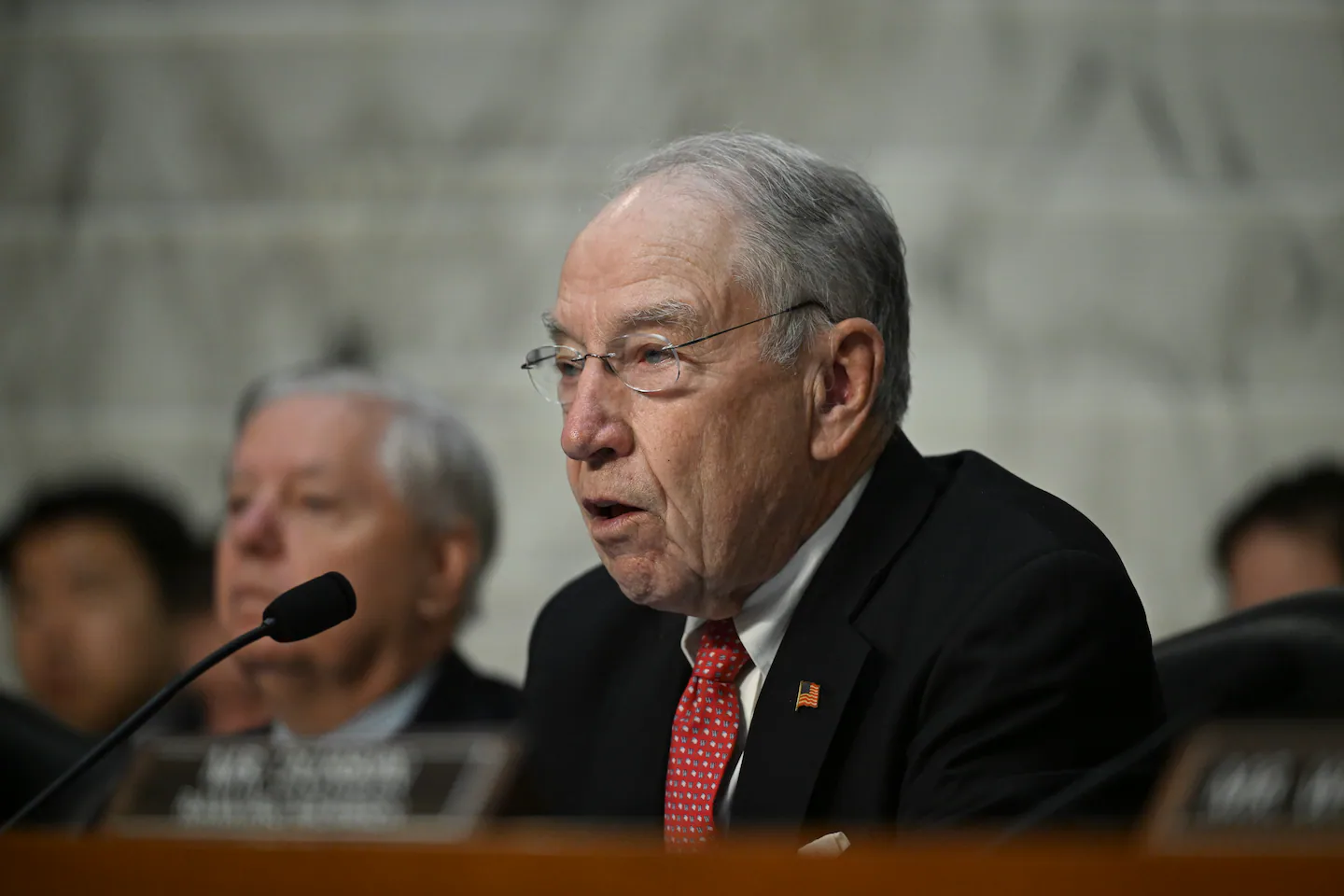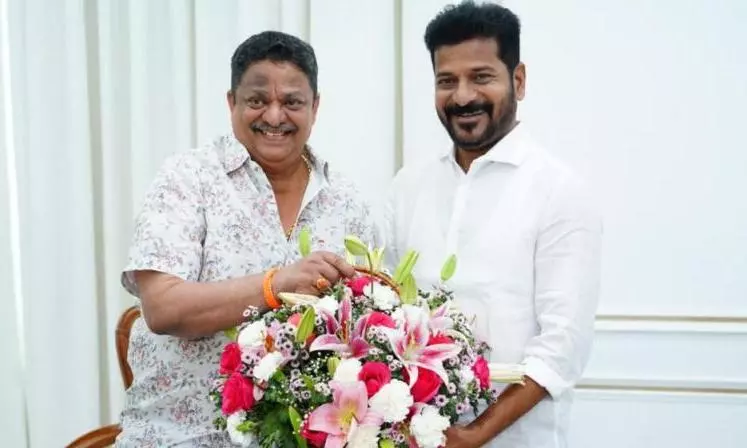Copyright chicagoreader
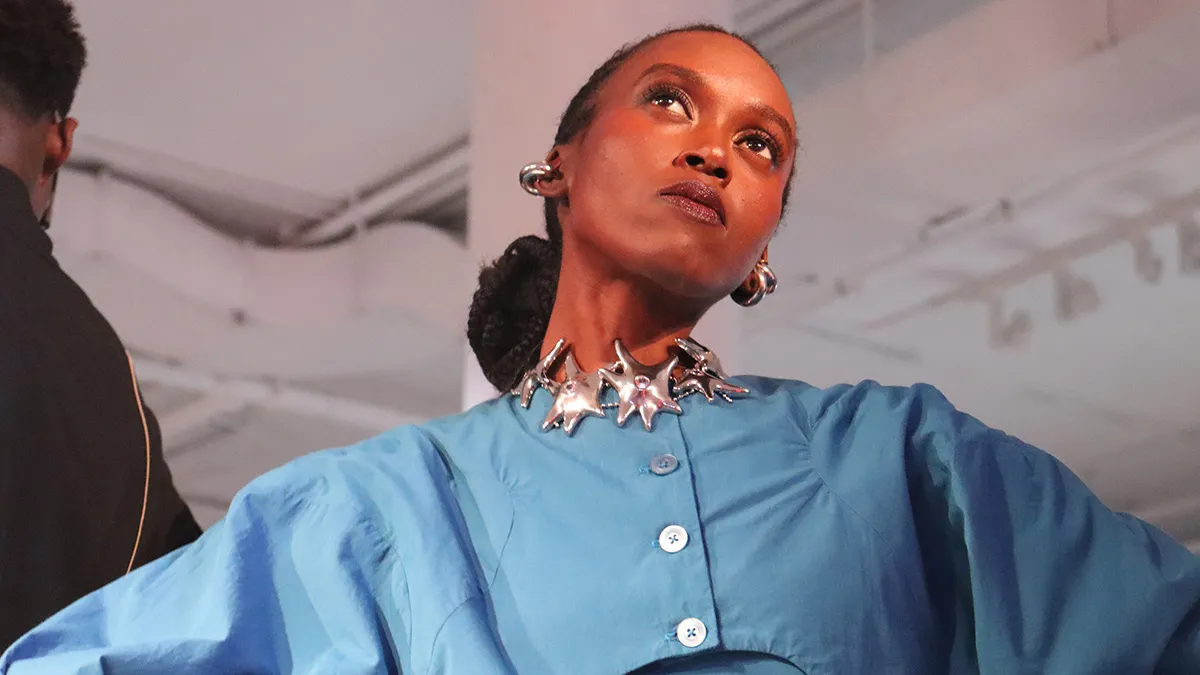
Chicago Fashion Week wrapped up Sunday after nearly two weeks of fashion education and social events, exhibitions, in-store activations, retail markets, galas, and runway shows, all aimed at elevating the city to be a major player in the international fashion industry. Launched last year, the second iteration again focused on local designers, designers of color, sustainability, and low-cost or free events, important at a time when prices are continuing to rise across the fashion industry. While a majority of last year’s slate of Chicago Fashion Week (CFW) events were collaborations with other local fashion organizations like the Chicago Fashion Coalition, the Costume Council of the Chicago History Museum, and the Curio—which split from CFW after curating last year’s opening runway show and held their own Chicago fashion showcase earlier this month—this year’s events were primarily spearheaded by founder John Leydon and ten advisory council members. Following the success of the first CFW last year, which featured over 50 events across the Chicago area, Leydon aimed to expand subsequent iterations. Over 60 were planned for this year, and Leydon added new members to the 2025 CFW advisory council, hoping the group of fashion retailers, designers, academics, stylists, brand founders, and creatives would help to build on the diversity of the previous year. Unlike other regional and international fashion industry events, CFW was designed with everyday consumers in mind, making learning about and engaging with fashion more accessible to those outside of the industry. “Our model is completely different from the major fashion weeks: New York, Paris, Milan, those are the trade events. So the general population usually never has an opportunity to attend those kinds of shows,” Leydon said ahead of the October 9 CFW launch party at the venue formerly home to Chez Paree nightclub. “We’re excited about evolving the concept. It has been proven that there is an appetite for this type of programming.” Tickets to attend events ranged from free to $200, with many being around $10 to $50, expanding the concept of fashion week events beyond something just for celebrities and industry professionals to something that “dispels the mystery,” Leydon said. Stephanie Neuerburg, a well-known Chicago-based actor and fashion creator, was among the local fashion influencers who attended this year’s events. During the first weekend, Neuerburg attended the Kone Ranger Fall ’25 Runway Show at the Royal Palms Shuffleboard Club; the Aesthete and Decadent of the 1990s exhibition (a tribute to the late fashion editor and stylist Isabelle Blow); and Insidious Studios’s spooky Freak City Core Runway show. For Neuerburg, who also works at a Ravenswood clothing store, it’s been exciting to see CFW give a platform to talented people within the fashion industry and attempt to grow the city’s impact in the space, even when there are several other things the city is already known for. “Chicago has a long history of being a fashion and shopping destination that I don’t think it necessarily has on a global scale anymore, especially compared to other cities. New York and Paris, and all these places are just like these hotbeds for established, upcoming, and established designers. But I think that’s what’s so cool about Fashion Week for Chicago is that it’s creating a platform for the creative people who live here and have lived here forever and have been making this work for so long.” Though the brainchild of Leydon and his collaborators, there have been previous local fashion events that some cite as laying the groundwork for CFW, one of the most notable being Fashion Focus Chicago, created in 2005 by former mayor Richard M. Daley to invigorate the city’s fashion industry through runway shows and exhibitions. In the year since CFW got its start, the fashion industry has gone through major shake-ups. President Donald Trump’s tariffs have affected key manufacturing countries like China, Bangladesh, India, and Vietnam, and an executive order nixed the de minimis loophole that once meant any packages under $800 imported from abroad could avoid being charged extra taxes and duties, making it more expensive for both small-scale designers and consumers. “I’ve heard it firsthand. Everything is more expensive. . . . So with the tariffs, obviously, raw materials are more expensive if [designers] can get them at all,” Leydon said. This can make producing clothing more expensive, and in turn leads to higher prices for consumers. But Leydon said intentionally supporting designers whose prices may rise, opting to invest in higher-quality pieces less often, instead of frequently buying cheaper mass-produced items, will ultimately be a better financial decision for consumers. “Starbucks doesn’t need my money, and these big retailers don’t need my money, but these small designers do, and one piece can make a significant difference in their ability to continue to buy fabric and produce garments,” he said. As the fraught economic state of the fashion industry persists, Leydon said consumers will have to adopt new ways of thinking about investing in fashion, especially as prices rise and alternatives to fast fashion like vintage fashion become more popular, leaving easier-to-acquire, cheaper brands behind. Neuerburg, who often makes her own clothing, agrees. “I think we’ve been seeing it for years, but especially in 2025, we’re really seeing this kind of severe dissonance between having as much as possible and getting it as quickly as possible versus there’s still a group of people who are interested in and devoted to the handiwork and the art and the craft behind creating things deliberately and slowly,” Neuerburg said. “So many people I know, even from a social media perspective, are spending most of their time and money at places like Amazon or super-fast fashion companies.” CFW hosted several events geared toward vintage fashion, clothes swapping, and sustainability, including pop-ups from Design at 329, a local vintage design collective, where Studio TMS presented a capsule collection of upcycled menswear made from vintage clothing with antique fabrics, trim, and findings. There was also Fleurotica, an annual fundraiser for the Garfield Park Conservatory Alliance’s nature education programs, in which floral designers, local business owners, and landscape artists crafted lush, wearable garments made entirely from plants. Many of the pieces featured in the Fleurotica runway show were put together onsite at the Garfield Park Conservatory just hours before the show’s start by designers including A. Hunt Design, Dominique Struck, Kiola Millan, Luz Cardenas, Latino- and immigrant-centered arts collective Somos Hechos en México, and several others. Melody Boykin is the founder and producer of the Chicago-based Black Fashion Week, a series of events highlighting emerging and established Black designers and fashion industry professionals since 2015. She called the Fleurotica show a way to give “exposure to other creative visual artists” and “cultivate the industry.” Events that prominently featured designers of color were among those that returned from last year’s CFW, including the Runway LatinX Gala, Surround Sound of Fashion, and the Shadow and Silk Fashion Gala (When Urban Streetwear Meets Dandyism) event from Support Your Hommes. The gala’s backstage manager, Lanee Bailey—who’s also a creative director and photographer who professionally goes by “Boogie”—believed fashion events in which ethnic and cultural identity is at the forefront are important at a time when “Black voices are being silenced.” It’s events like the Shadow and Silk Gala, which had its fourth iteration during CFW, that can create opportunities for Black creatives within the fashion industry. “So for us to kind of be able to express that creatively through our clothing and through representation, it’s so important,” Bailey said. The planning of events like Quinceañera Fashion: Your Ultimate Guide, hosted by 15Fashion at the Chicago History Museum, began months before the Trump administration began its aggressive immigration and deportation campaigns in Illinois this year, strongly impacting communities that may have attended this year’s CFW. However, Estelle Walgreen, cofounder of 15Fashion, believed that this made it even more important for CFW to prominently feature Latine culture and dress. She felt highlighting quinceañera fashion and history was especially poignant as research indicates the celebrations’ falling popularity in the U.S. Arabel Alva Rosales, a member of last year’s CFW steering committee and founder of the annual Runway LatinX show, said that, given the challenges many in her community are facing currently, those in leadership positions should do what they can to provide opportunities to people, both Latine and not. In addition to being a part of CFW, Runway LatinX serves as a fundraiser for Pivoting In Heels, a nonprofit organization that provides internships, scholarships, and leadership development to young women. “I learned a long time ago that it’s not just about doing something, but it’s being at the table and being one of the leaders involved in what you’re doing,” Rosales said. For Leydon, building a strong local fashion industry that can grow alongside CFW will require creating opportunities for local designers, who often have to leave for other cities due to limited jobs at home. The more people working in local fashion who can communicate this to the city’s political leaders, the closer that growth will be, he said. “Many people don’t realize we have six design schools in this greater region. Part of the problem is that these students graduate, and they have to flee to the coasts because there’s no opportunity here. . . . How do we keep these talented folks in the midwest, in the city of Chicago?” Leydon said. “It’s a bigger question, and it’s a question that we have had with City Hall, and it’s obviously not something that’s going to be solved overnight, but we’re up for the conversation, and the first way of solving a problem is acknowledging that it exists.”
